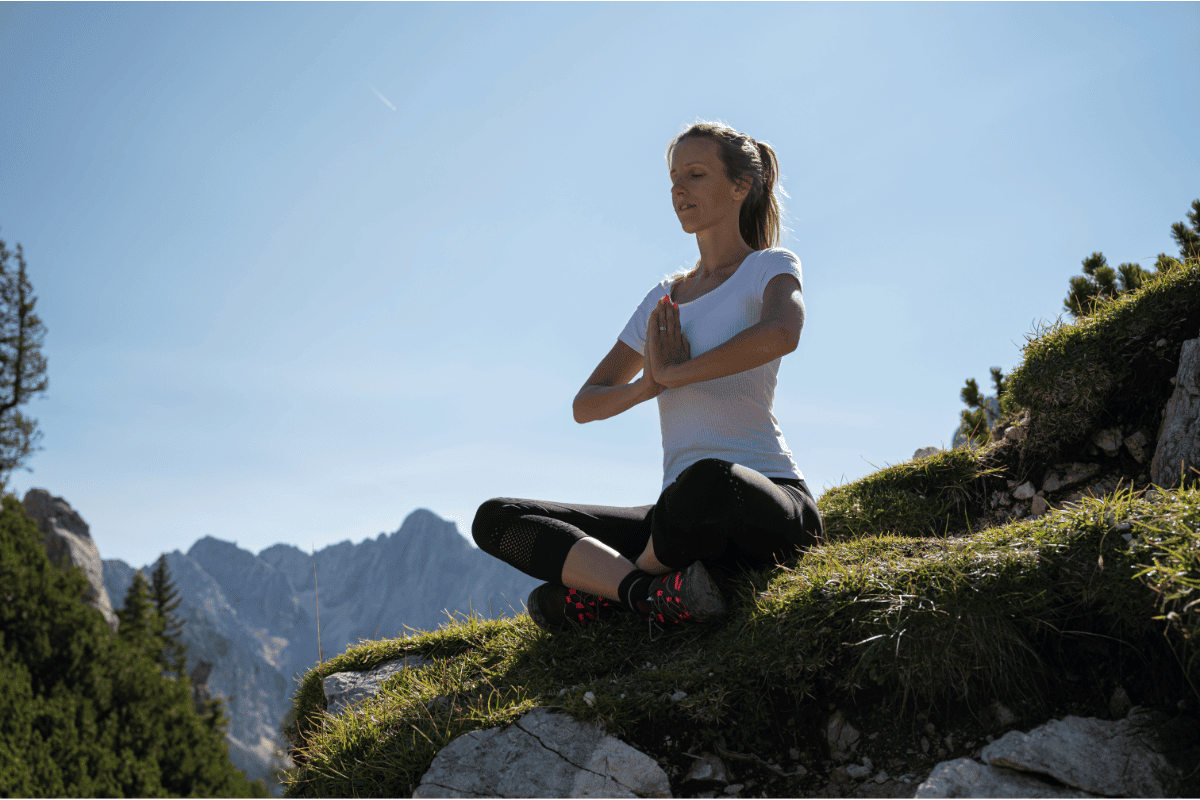What is Breathwork?
The Origins of Breathwork
Conscious control of the breath is the hallmark of a practice known as breathwork, which is largely believed to have originated in Asia several thousand years ago. Breathwork is a term that encompasses a variety of techniques and practices in which the practitioner learns to control the breath and in which the facilitator may also direct some aspect of the breath of the participant for a given purpose—primarily, in these ancient and modern times, for the purpose of achieving some measure of physical and/or mental relaxation.
The Core of Breathwork Practice
The practice at the core of breathwork entails the conscious control of breathing. This control can be applied in a range of techniques from simple to complex and even to what might be termed “meditative” or “transformational” practices. Breathwork can occur in individual or group settings, often in the presence of a trained guide. The primary intention is to bring about some kind of enhancement of physical, emotional, and mental well-being.
Breathwork is often categorized into two types: therapeutic and spiritual. With therapeutic breathwork, the focus is on “healing” and “personal development.” With spiritual breathwork, the emphasis is on using the power of breath as an aid to meditation and other spiritual practices, with the intent of trying to reach some kind of “altered state” or “higher consciousness.”
Historical Traditions of Breathwork
Breathwork has been practiced for thousands of years in various cultures around the world and is by no means a contemporary innovation. Vital ancient traditions that emphasize the breath, such as yoga, Tai Chi, and Qi Gong, have always placed the breath at the center of their practices. In yoga, for instance, “Pranayama,” the term used for breath control, is considered essential not only for the physical practice of yoga but also for achieving spiritual balance.
Many of the pioneers of psychotherapy in the 20th century also explored the breath; they understood its key role in both the physical and emotional health of their patients. Wilhelm Reich, for example, linked the breath to a person’s life force and understood how breath patterns changed with emotional states. Alexander Lowen, who studied with Reich, created a form of psychotherapy called bioenergetics, which emphasized the breath and the body’s movement in relationship to the life force.
Common Breathwork Techniques
Breathwork incorporates many different techniques, all of which have their own unique slant and benefits. Here is a look at a few of the most commonly practiced forms. Also known as belly or deep breathing, diaphragmatic breathing is an important technique for engaging the diaphragm and, thus, the whole body in the breath. With this technique, you can really increase your lung capacity and access the lower part of your lungs in a way that you might not usually do. It is a breathing technique that is often used to reduce or eliminate tension and increase the amount of fresh air you take in.
Developed by psychiatrist Stanislav Grof, Holotropic Breathwork combines accelerated breathing with evocative music to induce altered states of consciousness. When you do this work, you’re encouraged to lie down and breathe in a fashion that’s pretty much the opposite of what’s usually encouraged. …It’s a little unsafe for some of you or most of you to try at home.
The Wim Hof Method
Specific breathing techniques, cold exposure, and meditation define the Wim Hof Method. Hof himself describes it as “as simple as it is powerful.” The components of the Hof Method—this combination of the elements you’ve just heard about—act to push the body beyond its perceived limits and force it into a state of robust health and vitality.
Filmmakers Steven C. Lawrence and Theo Lawrence are very interested in these ideas. Their interest leads this short film to delve into the method. In the process, Lawrence and Lawrence ask some significant questions. They also breathe quite a bit, pantingly so, in fact, in front of the camera. Inhale, exhale, repeat.
Pranayama in Yoga
Pranayama, which means the control of the life force, originated in the ancient practice of yoga. It is composed of the three parts of breath—the inhalation, the retention of the breath, and the exhalation. These parts of the breath are controlled and proportioned in various ways to produce different effects. The most commonly known and practiced techniques of Pranayama today are said to come from the Hatha Yoga tradition.
Two of the most old and well-known techniques of Hatha Yoga are Nadi Shodhana (alternate nostril breathing) and Kapalabhati (skull-shining breath) with the effects that they are said to produce for the physical and mental body. Nadi Shodhana is said to bring calmness to the mind and clear the energies in the nadis (the subtle channels of the body’s energy pathways). Kapalabhati is said to energize and purify and, at the same time, bring a state of alertness to the practitioner.
Breathwork for Mental Clarity
Promoting mental clarity and concentration, work with the breath has long been a tool of choice for students and professionals. With roots in ancient practices and a reaffirmed place in modern science, breathwork is gaining wider acceptance as a means to improve not just cognitive function, but also physical health and well-being. For those of us in the Western world, trying to figure out how to work this simple yet profound practice into our lives, it’s nice to have a few options. Following is a smattering of breathwork techniques you can try and the amazing benefits you can experience in return. If you’d like to try the practice of modifying your inhale and exhale for spiritual development or to simply have a good ‘Goosebumps’ moment, the following methods will likely serve you well.
Modern Applications of Breathwork
Breathwork is becoming more common in several fields, including therapy, wellness, sports, and education. Here are some significant applications of breathwork: In psychotherapy, breathwork is often used to assist individuals in processing emotions and traumas. Breathwork sessions can help facilitate emotional release, promote relaxation, and help “talk” the body into feeling safe enough for it to stop clenching and to start releasing held emotions (Knox & Morrow).
Breathwork Therapy and Education
Some wellness practitioners might even call what they do “breathwork therapy.” In these sessions, practitioners might have you lie down and guide you through several relaxing breaths. They might give you a series of simple commands: “Inhale deeply.” “Hold it.” Then: “Exhale slowly.”
Educational institutions are using breathwork to help students manage stress and achieve a better state of focus; they are recognizing its benefits on both mental and academic levels. Making use of ancient traditions combined with its modern-day applications, breathwork is offering a broad swath of the American public a traditionally “hidden” set of practices that serve as a bridge to “wellness within.”
Breathwork might have risen to peak popularity in the last few years, but the basic science underlying the practice is sound and serves as the pathway to a breathwork routine that is accessible and beneficial. Inhalation and exhalation affect multiple body systems in very profound ways, and breath control often translates to better control of one’s mind and emotions, as well as a spiritual exploration into the “breath of life.”








